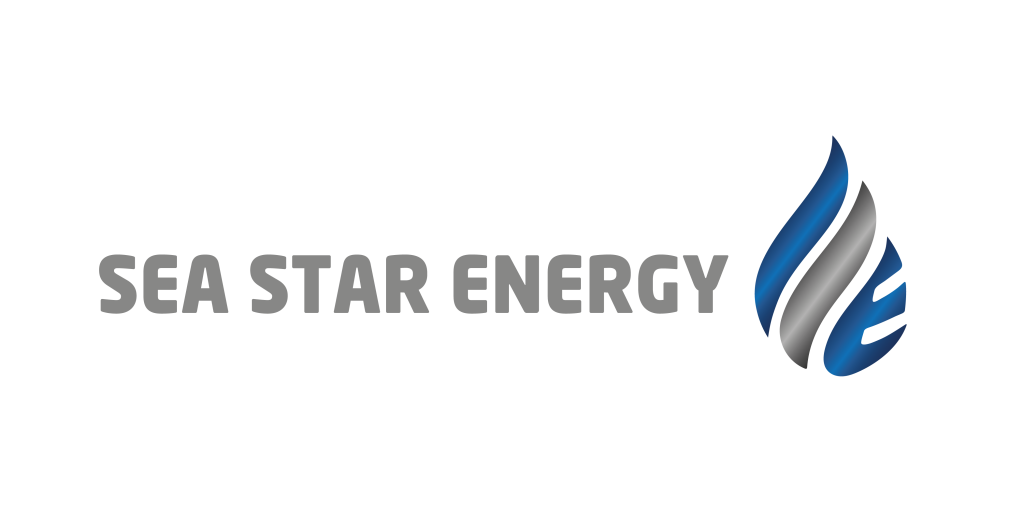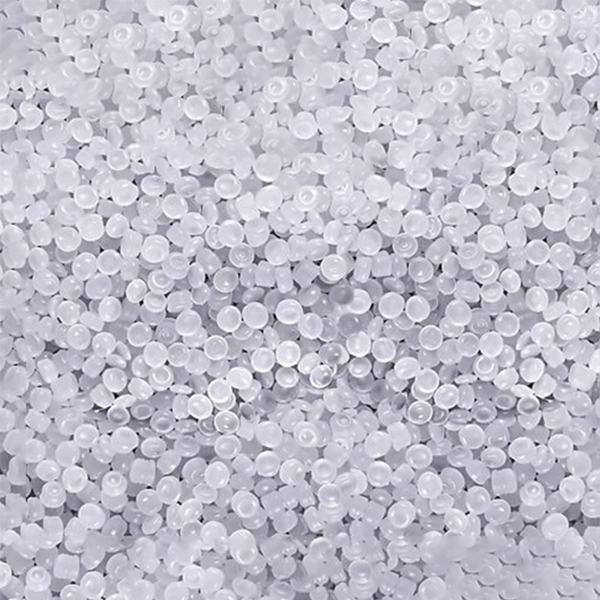Polypropylene is one of the most widely used and basic polymers used in the world and the largest consumer of propylene. The name of this product is polypropylene (PP) and its chemical formula is -CH2-CH(CH3)n-.
Polypropylene is made from the polymerization of propylene under relatively mild temperature and pressure conditions and in the presence of the famous Ziegler-Nata catalyst. The presence of this catalyst forms an isotactic polymer that is able to crystallize up to 90%.
Polypropylene is a thermoplastic polymer that is used in a wide range of applications including film and sheet, blow molding, injection molding, food packaging, textile, laboratory and medical equipment, pipe, industrial and construction applications, and automotive components. In addition, the polymer produced from propylene monomer is usually resistant to chemical solvents, bases and acids. The code is the characteristic of this polymer.
Polypropylene has three different spatial configurations, which are isotactic (iPP), syndiotactic (sPP) and atactic (aPP). In the isotactic type, the methyl groups are on one side of the transversal plane of the main chain. In the syndiotactic type, methyl groups are placed one in between on both sides of the cross plane of the chain. In the atactic type, there is no special order.
Compared to other polymers, polypropylene has distinct and prominent characteristics, which include:
Relatively cheap price of propylene monomer compared to monomers of other polymers
The low price of PP compared to other polymers
PP specific weight and light
Flexibility and a wide range of PP production with variable physical and chemical properties
Increasing new applications and improving the properties of new production grades
Increasing the use of PP in medical devices and equipment and developing specific grade PP applications
Increasing the use of PP as an alloy with other polymers
Replacing polymers such as PS, PE, etc. with PP
Types of polypropylene grades
Polypropylene materials are generally divided into two general categories. Homopolymer polypropylene, which is produced from the polymerization of propylene monomer alone, and polypropylene copolymer, which is produced from the polymerization of propylene along with ethylene comonomer.
From the point of view of physical and mechanical properties, the difference between polypropylene homopolymer and copolymer is impact resistance, tensile strength and hardness. Although polypropylene homopolymer has higher tensile strength and hardness than polypropylene copolymer, its main weakness is its impact resistance. In fact, polypropylene homopolymer is more fragile than polypropylene copolymer. This weakness shows itself more in low temperatures, especially below zero. For this reason, the use of polypropylene homopolymer in the production of injection parts that are exposed to impact and low temperature is extremely limited. To solve this weakness by adding ethylene monomer during propylene polymerization, polypropylene copolymer has been produced. Polypropylene copolymer has a higher impact resistance than polypropylene homopolymer. By adjusting the amount of ethylene added to the polymer structure, adjusting the morphology of the copolymer, adjusting the type of crystallization, and also adjusting the molecular weight, the impact resistance can be adjusted and raised to a good extent. Of course, it should be noted that increasing the impact resistance of polypropylene is done at the expense of reducing the hardness and stiffness of the polymer.
Applications of polypropylene
In terms of application, polypropylene block copolymer injection grade is widely used in applications that are exposed to impact and cold weather, such as car parts, due to its good impact resistance. Bumper, dashboard, console, roof, battery and many other car parts are produced from this polymer. In addition to its low density, which reduces the car’s weight, this polymer offers good processability, strength, and impact resistance. Some other grades with high melting index are used to produce containers. Grades with a low melting index are used for extrusion processes such as the production of hot and cold water pipes, etc.
On the other hand, homopolymer polypropylene is a very suitable option for textile applications or thin sheets and films due to its high crystallinity and low impact resistance. In this type of applications, tensile strength is needed more and the weakness of impact resistance is not important. Films stretched in two directions and polypropylene fibers and types of sacks and belts are among the applications of polypropylene homopolymer. Of course, there are also polypropylene homopolymer injection grades that are used in places where rigidity and hardness are more important or heat resistance is important.
Producer: Shazand Petrochemical (Arak)
Processes: injection molding, extrusion
Applications: profile, pipe, hot water pipe, cold water pipe, pipe fittings
Features: Grade in contact with food, good heat stability, good heat resistance
Producer: Maron Petrochemical
Processes: extrusion, thermoforming, cast film, textile
Applications: fiber sheet, film, general purpose film, thermoforming sheet, ribbon thread, rope and twine, single strand fiber, brush fiber
Features: good flowability, grade in contact with food
Producer: Maron Petrochemical
Processes: blown film
Applications: film, general purpose film
Features: good processability, good optical properties, good sealant and sealing properties, low tendency of film layers to stick to each other, high gloss, good thermal welding ability
Producer: Shazand Petrochemical (Arak)
Processes: blow molding, extrusion
Applications: bottles, dairy products containers, food containers, trays, sheets, thermoforming sheets, plastic folders
Features: good optical properties, high gloss, grade in contact with food
Producer: Maron Petrochemical
Processes: Injection molding
Applications: auto parts, engineering parts, home appliances, battery box, brake oil containers, dashboard supports, car water containers
Features: good surface of finished products, good toughness, good hardness, grade in contact with food, good thermal stability, good chemical resistance, good resistance to chipping
Producer: Propylene Jam Company
Processes: extrusion, air molding, thermoforming
Applications: bottles, pipes, boxes, sheets, containers or tanks, profiles, pipe fittings
Added with: nucleating agent
Features: high impact resistance, heterophase copolymer, good dimensional stability, good stiffness, good creep resistance
Producer: Propylene Jam Company
Manufacturing: textile
Applications: Heavy-duty clothing, bags and backpacks, sports clothing, safety belts, upholstery fibers and upholstery for home furniture, CF fibers, BCE fibers, Staple fibers
Features: good springiness, good processability, good flowability, good tensile strength, grade in contact with food, high tensile ratio
Producer: Propylene Jam Company
Processes: cast film, blown film, thermoforming
Applications: food containers, film, laminate film, general purpose film, metallized film, BOPP film, thermoforming sheet
Added with: Antioxidant
Features: high gloss, grade in contact with food, good transparency, good processability, double peak molecular weight distribution, good optical properties
Producer: Propylene Jam Company
Processes: blow mold, injection molding
Applications: storage container or tank, bottles, dairy products containers, food containers, lids, sports equipment, toys, syringes, home appliances, bottles, packaging of cosmetics and health products, medical and health products
Added with: nucleating agent
Features: Grade in contact with food, good optical properties, good flowability, good barrier properties, good transparency, good impermeability against moisture.
Producer: Shazand Petrochemical (Arak)
Processes: Injection molding
Applications: auto parts, engineering parts, home appliances, battery box, brake oil containers, dashboard supports, car water containers
Features: good processability, good surface of finished products, good toughness, good hardness, grade in contact with food, good thermal stability, good chemical resistance, good resistance to chipping.
Producer: Shazand Petrochemical (Arak)
Processes: air molding, thermoforming, extrusion
Applications: pipe, box, storage container or tank, tool box, profile, sheet, tray, car parts
Features: good chemical resistance, high molecular weight, good heat resistance, grade in contact with food, good impact strength, good toughness
Producer: Shazand Petrochemical (Arak)
Processes: textile
Applications: fibers, safety belts, belts, carpets and rugs, Staple fibers, CF fibers, rope and twine
Features: grid in contact with food, good flowability
Producer: Shazand Petrochemical (Arak)
Processes: thermoforming, cast film, extrusion
Applications: bags and backpacks, fibers, artificial grass, dairy product containers, sheets, carpets and rugs, trays, food containers, thermoforming sheets, ribbon yarn, brush fibers, single strand fibers, rope and twine
Features: good processability, grade in contact with food, good hardness
Manufacturer: Plinar
Process: extrusion, thermoforming, cast film, textile
Applications: toys, car parts, films, sheets, fibers, outdoor use, bulk bags, bags and backpacks, garden and outdoor furniture, thermoforming sheets, ribbon yarn, brush fibers, single fiber fibers, Rope and twine
Features: good processability, good flowability, grade in contact with food
Manufacturer: Plinar
Process: Textile
Applications: fibers, safety belts, sports clothes, carpets and rugs, napkins, home upholstery covers, bulk bags,
Bags and backpacks, clothing or heavy use, staple fibers, non-woven fabrics, BCF fibers, CF fibers, diapers, medical and health products
Features: Good processability, good flowability, Gas Fading Stabilized, good tensile strength, good toughness, grade in contact with food, good springiness, high stretch ratio
Producer: Navid Zar Chemi
Processes: blow molding, extrusion
Applications: car parts, container or tank, tool box, tray, pipe, sheet, profile
Features: Grade in contact with food, good heat resistance, good toughness, high molecular weight, good chemical resistance.
Producer: Navid Zar Chemi
Processes: Injection molding
Applications: engineering parts, auto parts, household appliances
Features: good hardness, grade in contact with food, good resistance to chipping, good toughness, good thermal stability, good surface of finished products, good processability, good chemical resistance
Producer: Navid Zar Chemi
Processes: Injection molding
Applications: outdoor use, food containers, auto parts, home appliances
Features: good hardness, grade in contact with food, processing
Manufacturer: Rizal Petrochemical
Processes: textile
Applications: fibers, CF fibers, BCF fibers
Features: Gas Fading Stabilized
Manufacturer: Rizal Petrochemical
Processes: textile
Applications: fibers, carpets and rugs, BCF fibers, partially arranged fibers, CF fibers
Features: Gas Fading Stabilized, good resistance to ultraviolet rays

